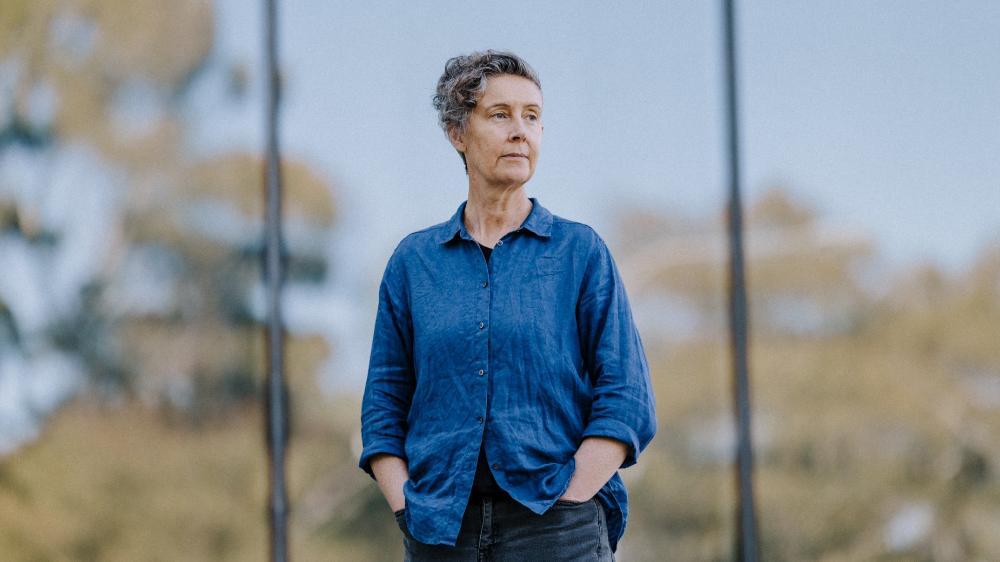August 8, 2023
UOW study finds women set high standards for the use of AI in breast screening
Participants open to use of emerging technology but want to retain human element in mammograms
A study led by researchers from the University of Wollongong’s (UOW) Australian Centre for Health Engagement, Evidence and Values (ACHEEV) has found that women support the use of Artificial Intelligence (AI) in breast screening, as long as humans remain central to the process.
The paper, titled Australian women’s judgements about using artificial intelligence to read mammograms in breast cancer screening, published in Digital Health on 7 August captured the conditions that women would like met in order to feel comfortable with having their mammograms read by AI, while also highlighting concerns over equity and weaknesses in the burgeoning technology.
Professor Stacy Carter, Director of ACHEEV and research co-lead, said research into what consumers want from AI in healthcare is fairly new.
“Our study focuses on what women value and why,” Professor Carter said. “We uncovered important conditions that women said need to be met before AI was used in breast screening and some well-founded intuitions that women had about the weaknesses of AI. There are also some valid, complex concerns about equity in AI use in breast screening.”
The research team ran eight online discussion groups with 50 women who participate in breast screening to understand women’s attitudes and values regarding the use of AI to read mammograms.
In Australia, women aged 50-74 are offered publicly funded breast screening every two years via the national BreastScreen program and women aged 40-49 can also access screening.
Most women were positive, even excited, about the prospect of AI in breast screening and adopted a pro-technology position, assuming that AI would inevitably be used in many aspects of their life for social good.
The study found that although women were positive about the potential of AI in breast screening, their trust was contingent on two caveats: the way humans and machines were combined, and the performance of the AI.
Participants argued strongly that humans must remain as central actors in breast screening systems, and consistently expressed high expectations of the performance of breast screening AI.
The women felt strongly that breast screening should retain the valued expertise of professionals who read mammograms. This expertise was perceived to include skills that machines lack, including intuitive, holistic interpretive capabilities and the ability to deal with unusual decision-making challenges. Humans were seen as the safeguard to protect patients in machine decision-making scenarios, providing a final ‘backup’, especially for borderline cases. This reflects known problems with AI implementation: AI performs less well on unusual cases, and humans tend to lose their skills when tasks are automated. The research participants wanted humans to remain responsible for final decisions, allowing explanation and accountability for any mistakes.
The other requirement women insisted on was excellent performance. The research showed that said quality assurance was critical, and AI systems should perform better than the status quo, especially in management of a high-risk condition, and ongoing monitoring and quality assurance was necessary.
Professor Carter said that despite the emerging technology, the participants emphasised the value of retaining human contact in breast screening.
“Women often, understandably, worried that the whole screening process might be automated. It will be important for screening services to emphasise that breast screening images will still be taken by a human radiographer,” Professor Carter said.
“Women also expected clear lines of responsibility for decision-making, to be able to contest decisions, and for breast screening to perform equally well for all program participants, with or without AI.”
The main benefits hoped for from AI were greater accuracy - especially better cancer detection rates - and greater speed and efficiency in returning results. Participants thought this should, in turn, save lives, build confidence in screening systems, and free human staff to help breast screening services to keep up with demand.
Professor Carter said the study shows that Australians are willing to accept AI in health systems, but that advocates for these technologies will need to prove that they are trustworthy before they are widely implemented.
“Australian breast screening systems are centralised and have strong quality assurance frameworks. This offers great opportunities to rigorously evaluate AI before implementation, and communicate well with women before deployment, to ensure that AI offers benefits and does not contribute any additional harms or inequities.”
UOW is committed to addressing the United Nations Sustainable Development Goals (SDG), which provide a shared blueprint to achieve a better and more sustainable future for everyone. This research addresses SDG 3: Ensure healthy lives and promote well-being for all at all ages.
